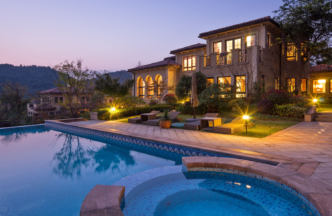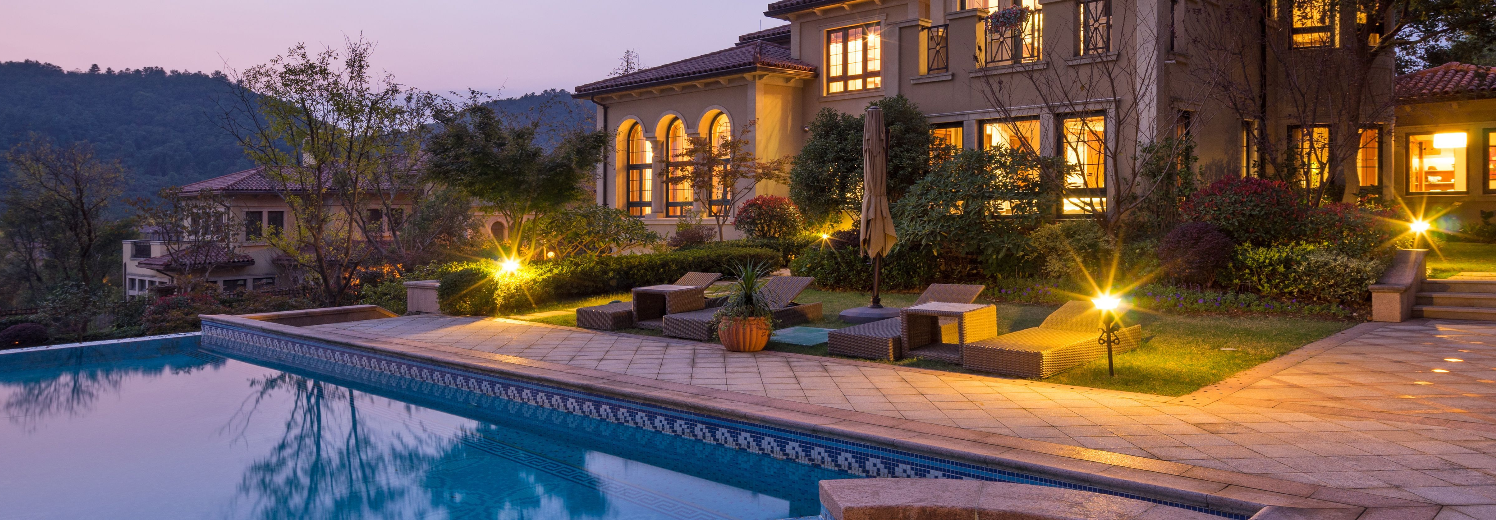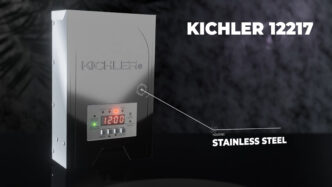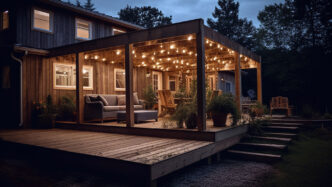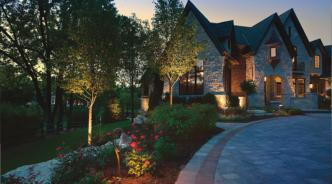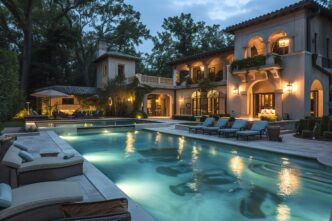LED Lighting is one of the fastest-spreading industries in the world. Invented nearly 100 years ago, LED (light-emitting diode) lights have blossomed into the all-the-rage light source in hospitals, schools, offices, and residences, gradually phasing out incandescent, halogen, and fluorescent lighting systems. Fully understanding the science behind LEDs might demand an engineering degree, but these 5 benefits are enough to justify why homeowners are smartly boarding the LED landscape lights bandwagon.
1. LED Landscape Lights are More Cost-Effective
LED lights have a higher price tag than their standard lighting counterparts, so why do the lion’s share of homeowners opt for LED installations instead of incandescent, halogen, or CFL? It’s the same reason why they presumably wouldn’t purchase a plywood boat over a fiberglass one—plywood might be a lighter upfront cost, but it’s not a great long-term investment.
It’s not a secret that installing LEDs can save consumers a pretty penny over time.
The average household saves about $225 on annual energy costs by using LED versus Halogen.
2. LEDs are Environmentally Friendly
The environmental benefits of LED lightbulbs are a ripple effect of LED bulbs using between 80% and 90% less energy than conventional bulbs. Less energy means that fewer greenhouse gas emissions are generated, which dramatically impacts global warming. Since LED lights use less energy, they can last 35,000 to 40,000 hours or more, which is roughly 15 to 20 years.
3. LED Lights are Safer
Outdoor lighting ultimately serves two primary purposes: aesthetics and safety. Using incandescent, CFL, or halogen lights to solve a lack of outdoor safety is virtually redundant. The heat that incandescent lights produce can be a greater safety risk than having no outdoor lighting at all. LEDs emit very little heat in comparison, making them safe in the event of grazing against them and circumventing fire hazards.

4. LED Lights are Not Affected by Frequent Switching
Have you ever been around a hyperactive child—or most any child for that matter—who just won’t quit flipping the light switch repeatedly on and off? While LEDs aren’t equipped to make that experience less irritating, it might be soul-soothing to know that frequent switching has no bearing on an LED bulb’s lifespan.
5. LED Landscape Lights Provide More Flexibility
LEDs can pack quite the punch in their comparatively modest physiques, proving that David can still conquer Goliath. The small size of the LED diode allows for greater design flexibility and creativity as they can adapt to a wider variety of lighting applications. LEDs supply more opportunity to place light in areas that were troublesome with their incandescent and halogen counterparts.
Constant advancements in the outdoor lighting sector warrant these quick reads to keep homeowners abreast of new challenges and developments routinely impacting the lighting industry.
Contact our expert customer service team today with any questions; they’ll be more than happy to shed light on the matter.
LED Landscape Lighting FAQ
How often should you replace LED bulbs?
The typical life expectancy for an LED light is 50,000 hours. If an LED light averages 12 hours of daily operation, it can survive for about 10 or 11 years following the initial purchase. An LED light’s lifespan surpasses that of halogens or incandescents by 20-25 times and 8-10 times longer than CFL lights.
Can LED lights burn out easily?
Unlike standard bulbs that stop working abruptly as soon as they run out of power, LED bulbs slowly and subtly devalue over time. This gradual dimming doesn’t start to occur until several years after purchase.
Is there a disadvantage to LED lights?
The one disadvantage of LED lights compared to conventional ones is the higher upfront cost per bulb. In big picture regards, however, LED lights will pay for themselves—and then some—through energy savings and outrageously impressive lifespans.
